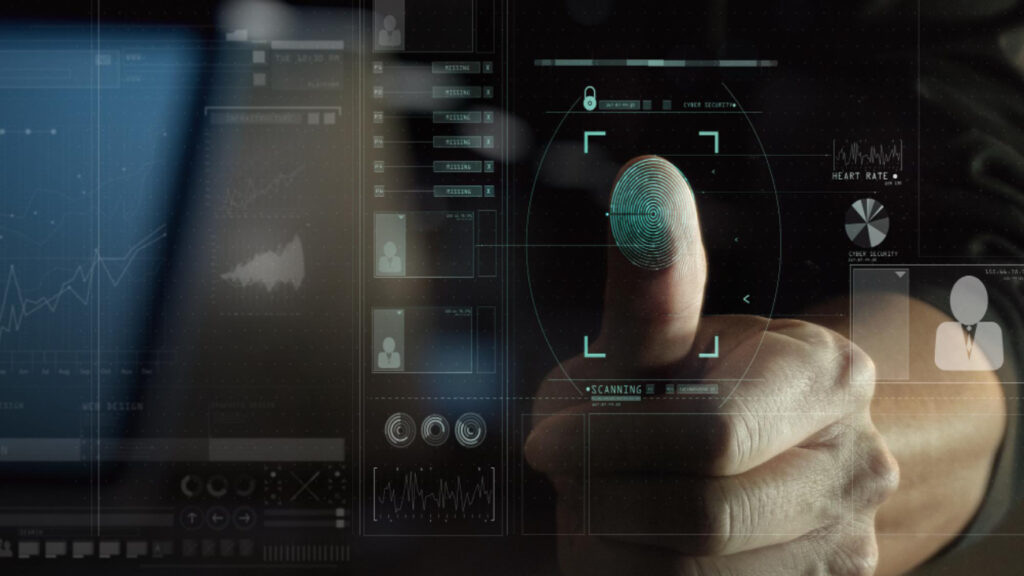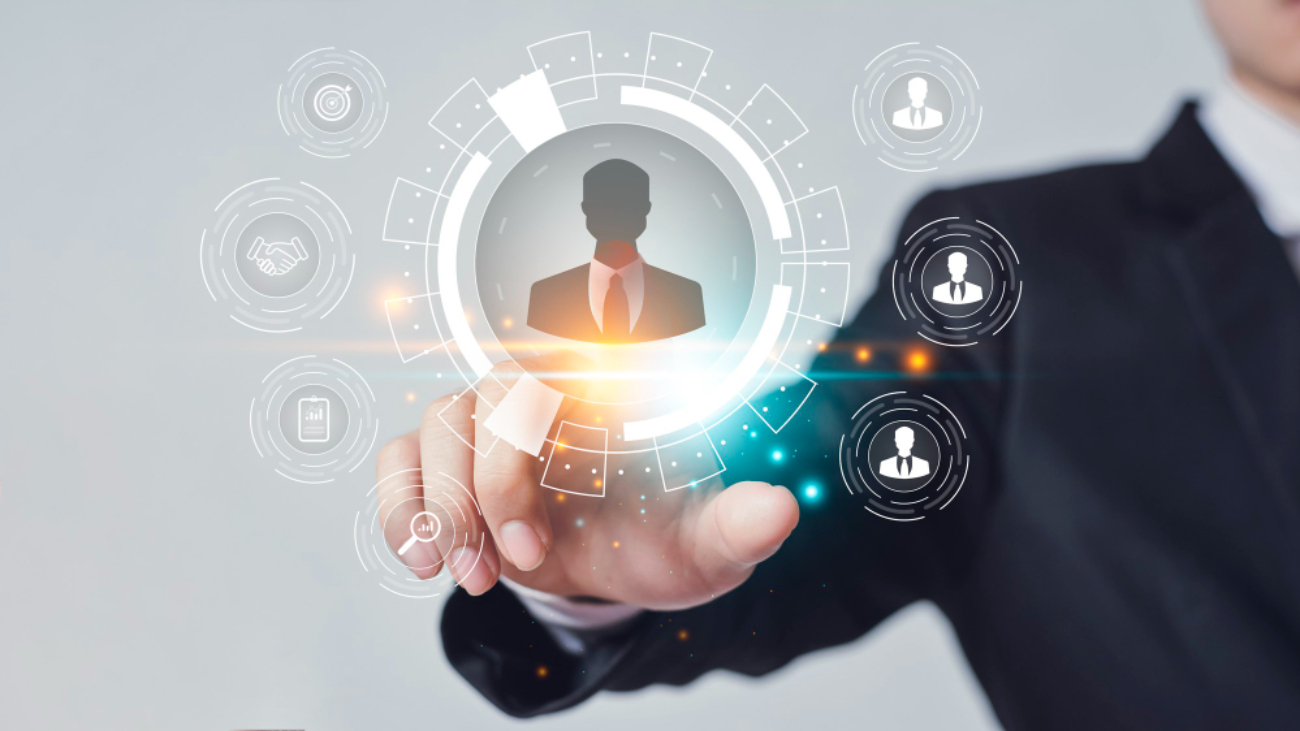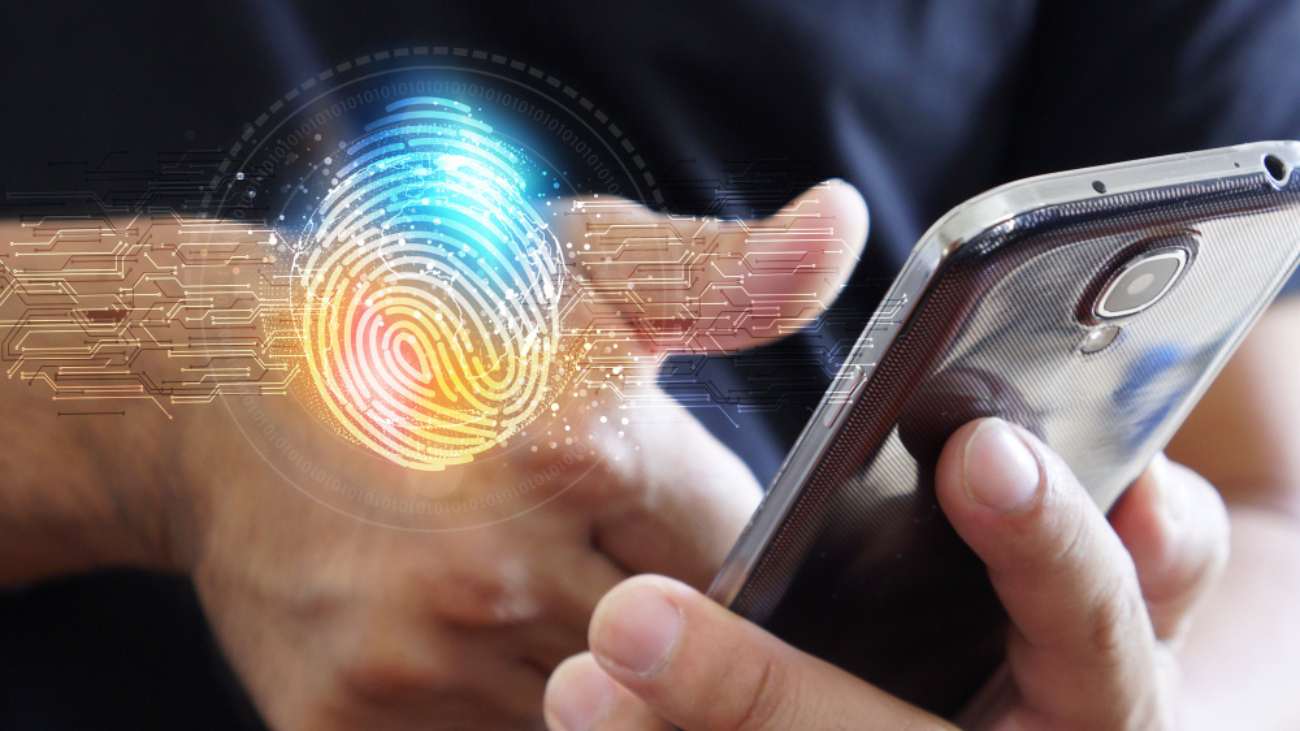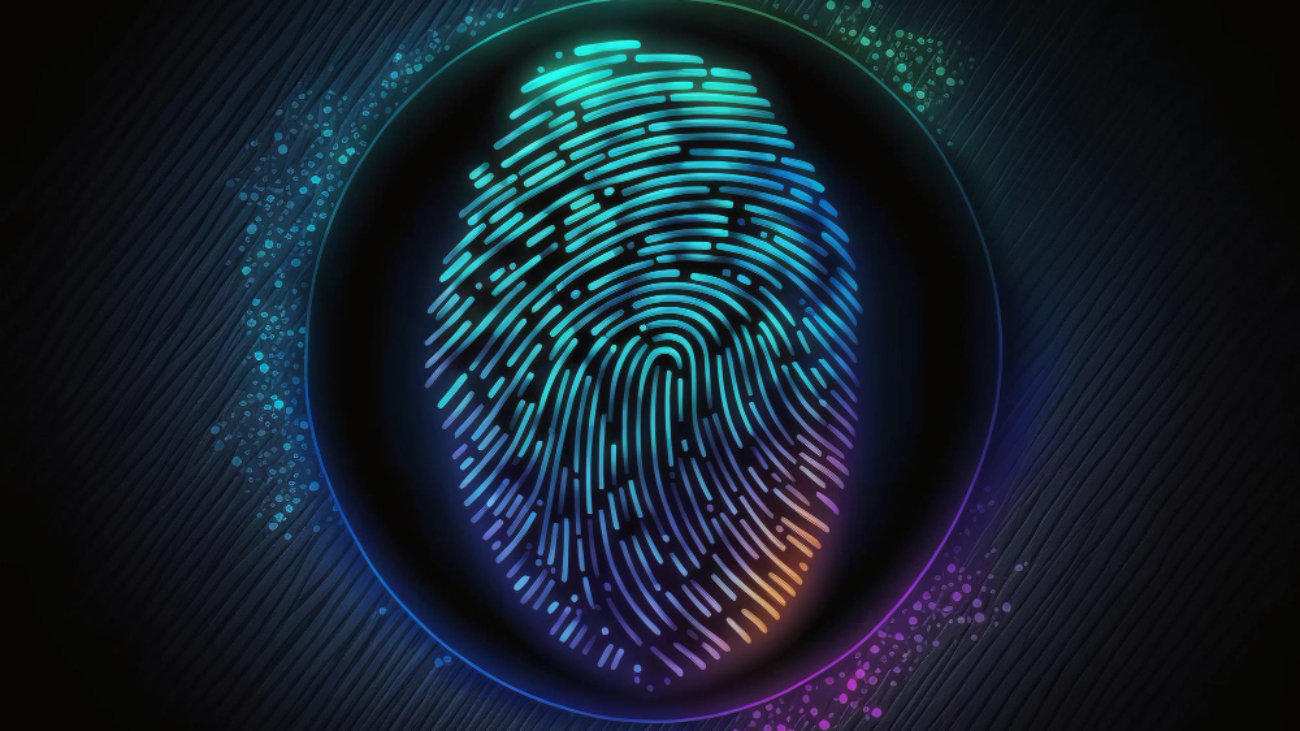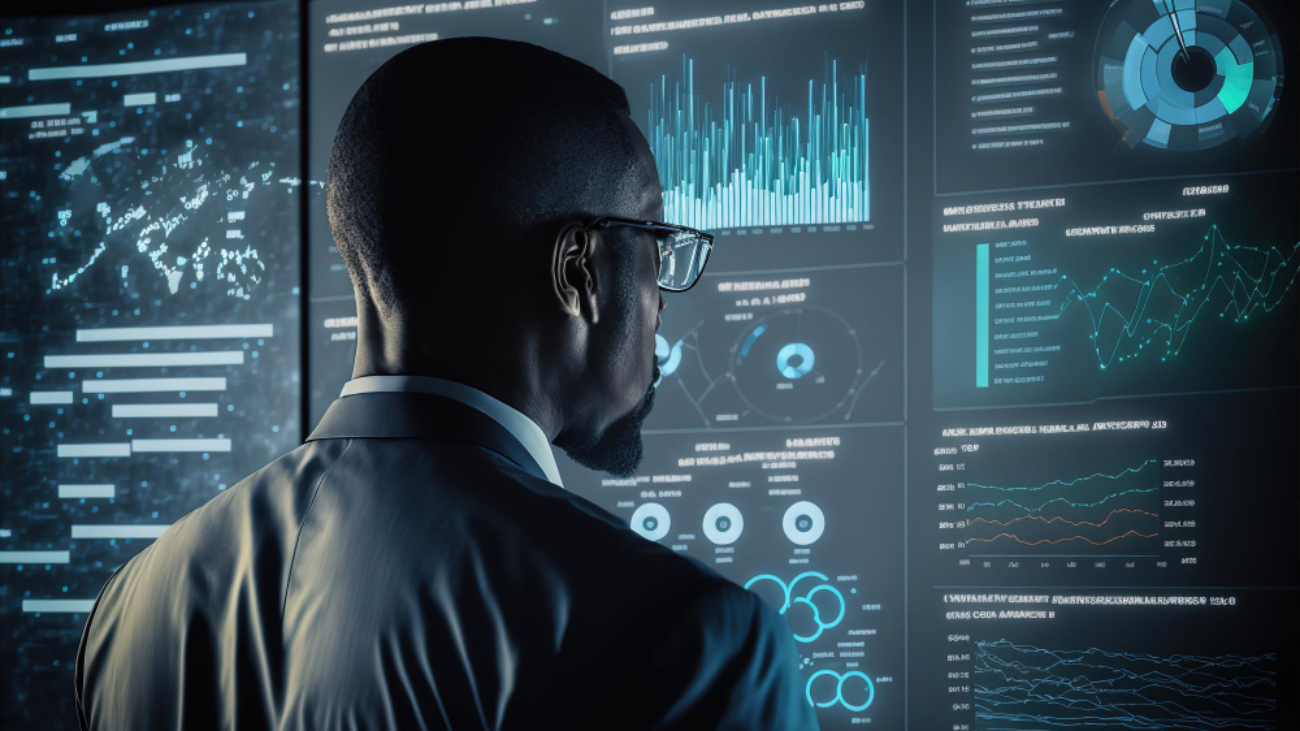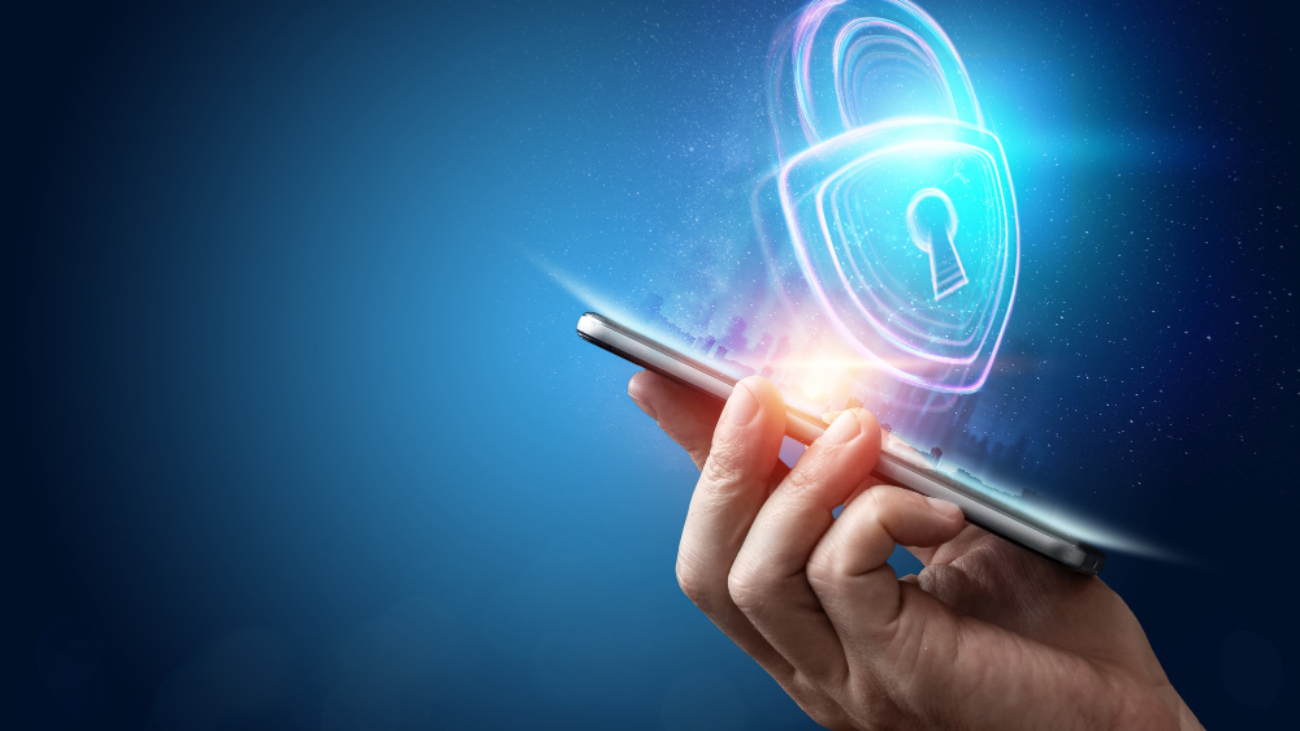The gig economy is a market condition where freelancers and part-timers are more in demand. Many companies today encourage gig workers. This gives them more choice while reducing their expenses. For employees, it gives them the freedom to choose their work as per their convenience.
It is estimated that gig workers could constitute half of the workforce by 2024 estimated Bahaa Abdul Hadi. Since gig workers are not part of the organization, it creates many challenges. There is a risk of fraud with impersonation and sharing of digital accounts being common problems. The solution is to ensure effective verification of identity. Biometrics is the best way to ensure this.
Using biometrics for identity verification
The identities of gig workers need to be verified before they are given access to the company’s platform/workspace. When digital accounts are issued, verifying the identity is a must. Failure to do so will lead to unauthorized people gaining access. Similarly, periodic identity verification can prevent impersonation and other such risks.
Here is how biometrics can help:
- Biometrics using fingerprint scanning or facial recognition is the best and foolproof way of verifying identity. Images of the gig workers can be captured and software can identify features from the photos. This can then be compared at the time of accessing the account. Mobile phones today have fingerprint scanners and facial recognition tools.
- An additional measure of security is to carry out a liveness check. This helps to prevent spoofing where someone may use the photo of a gig worker to pass the biometric identification. Software tools can detect if the image being scanned is live or a still image.
- Gig workers working as cab drivers or delivery agents do not have the time to use passwords for authentication or to access the platform. Using biometrics is fast and convenient.
- A new technology known as passive biometrics has become popular. It passively collects information about the worker to detect anomalies. For eg: call centers record the employee’s voice and software can detect changes.
- Behavioral biometrics is another technology that can be very helpful in preventing fraud. A software that is behavioral biometrics enabled can track the way a user types, movement of the mouse, preferences for navigation, etc. This can be used to detect if there are any anomalies in behavior of users. Whenever any anomaly is detected, a liveness check can be carried out to confirm identity. This can help prevent problems like sharing of accounts and impersonation.
Thank you for your interest in Bahaa Abdul Hadi blogs. For more information, please stay tuned to www.bahaaabdulhadi.com
